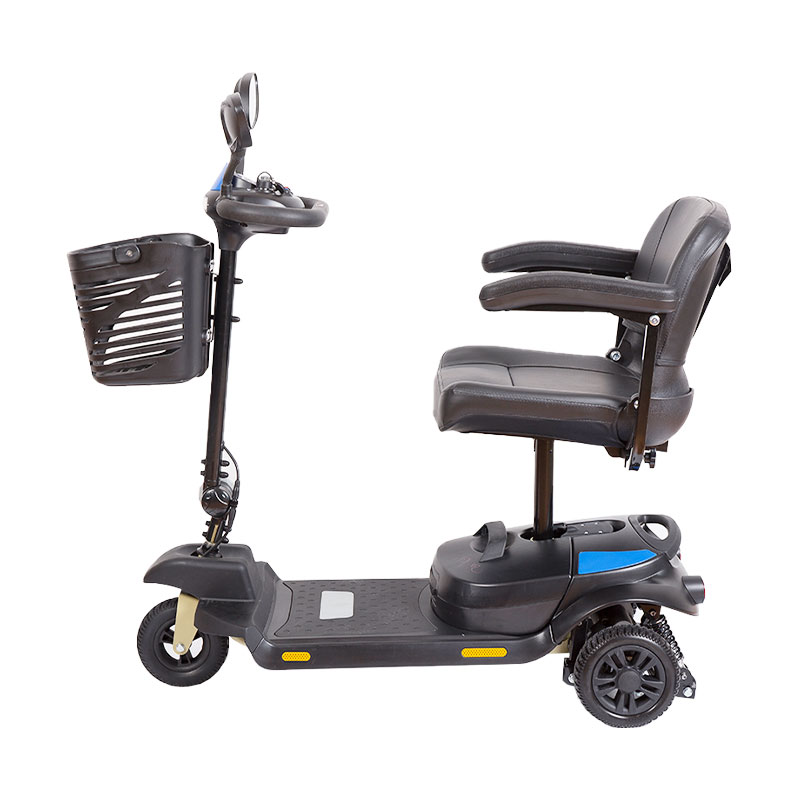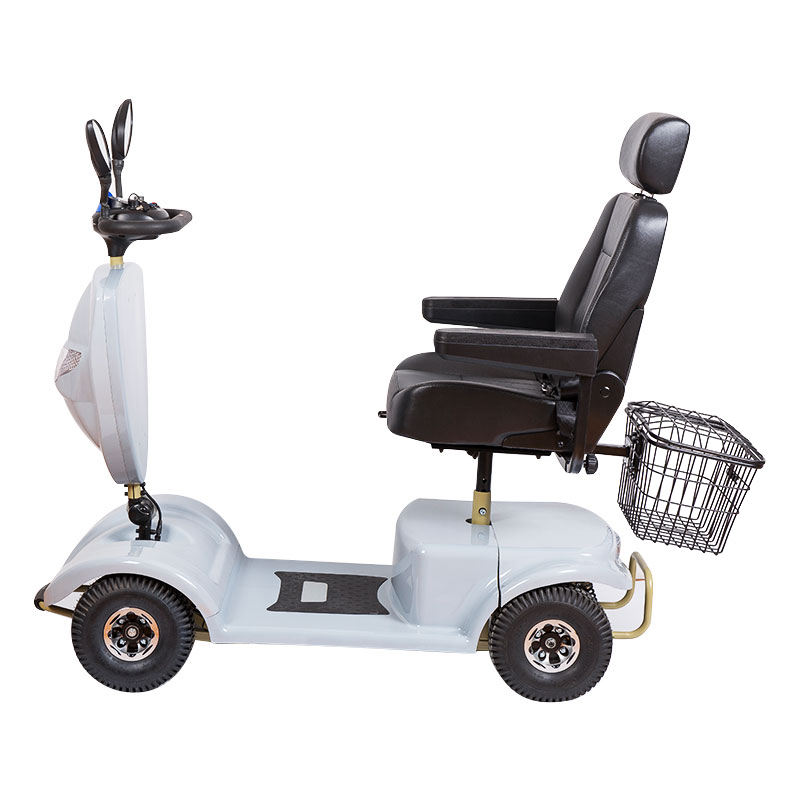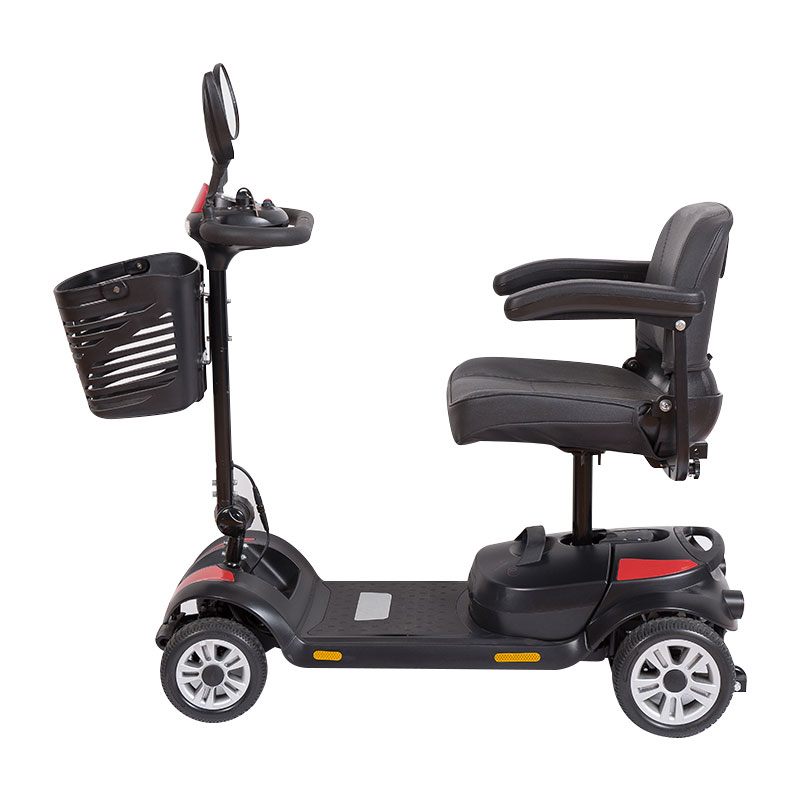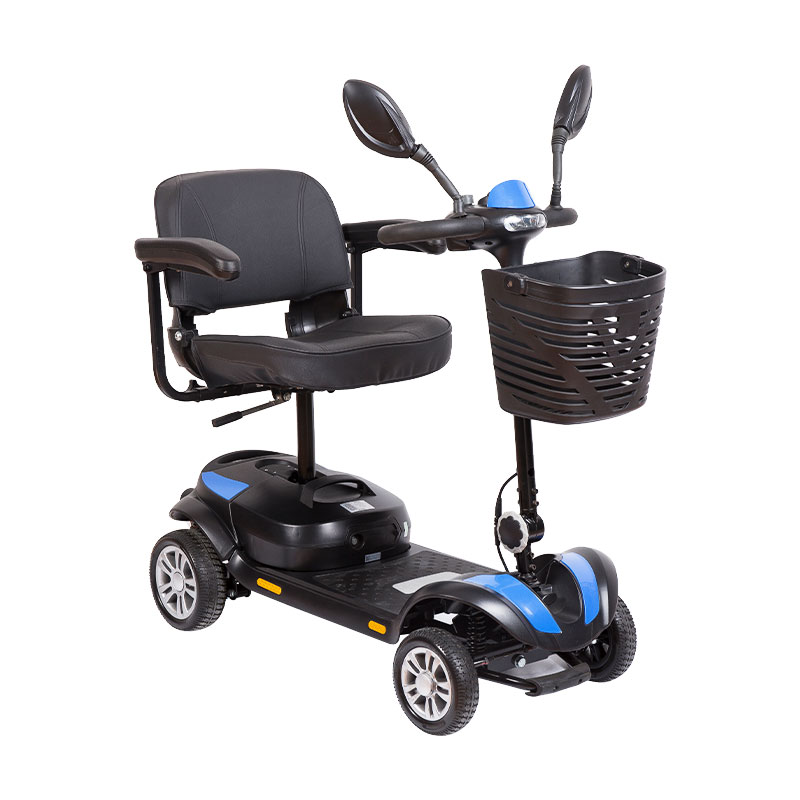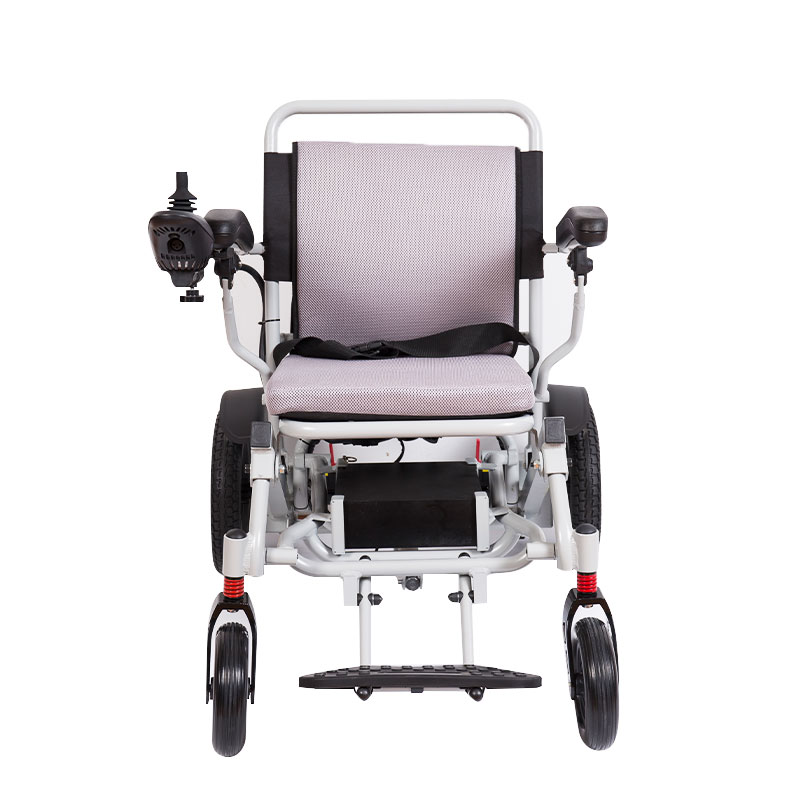How safe is Aluminum alloy electric wheelchair on different roads?
Aluminum alloy electric wheelchairs are generally safe to use on different roads and terrains when operated within their intended design parameters and according to the manufacturer's guidelines. However, the safety of an electric wheelchair can vary depending on several factors, including the specific model, its features, the user's abilities, and the conditions of the road or terrain. Here are some considerations regarding the safety of aluminum alloy electric wheelchairs on different roads:
1. Smooth Surfaces: Electric wheelchairs are generally very safe to use on smooth surfaces such as flat, even floors and paved roads. The stability and maneuverability of these wheelchairs make them suitable for indoor and outdoor use on well-maintained surfaces.
2. Gravel Roads: Many aluminum alloy electric wheelchairs are designed to handle gravel roads and paths with ease. However, users should exercise caution and reduce speed on loose or uneven surfaces to maintain stability.
3. Rough Terrains: Electric wheelchairs explicitly designed for rough terrains, such as those with larger wheels, treaded tires, and suspension systems, can be safer on bumpy roads or uneven terrain. These features enhance stability and reduce discomfort during off-road use.
4. Slopes and Inclines: Electric wheelchairs with sufficient motor power and stable construction can handle gentle slopes and inclines safely. Users should be cautious when navigating steeper slopes and ensure that the wheelchair has an anti-tip mechanism.
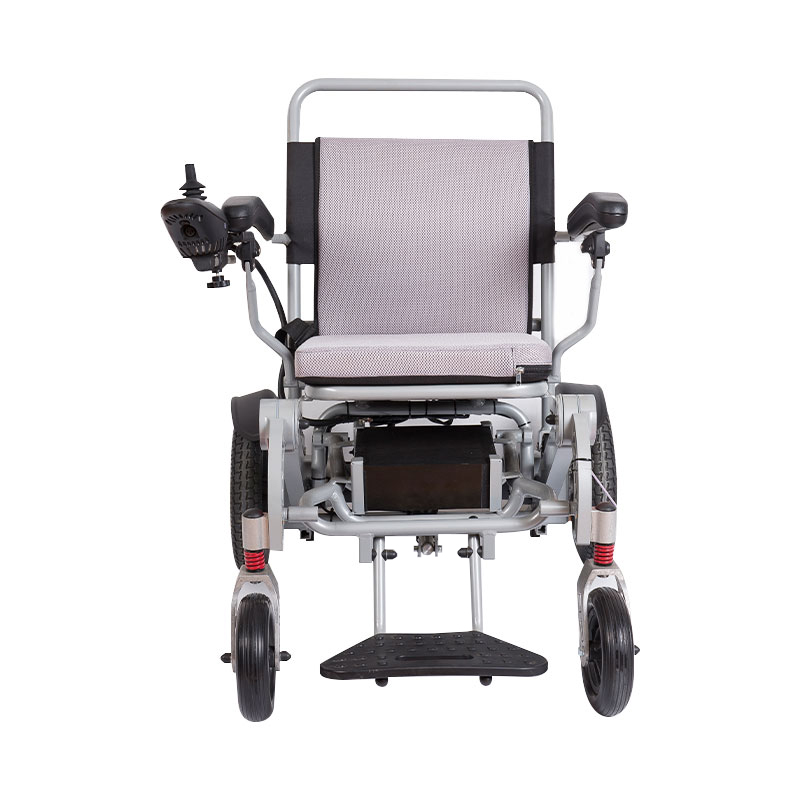
5. Wet or Slippery Surfaces: Electric wheelchairs may become less stable on wet or slippery surfaces, similar to other wheeled vehicles. Users should take extra precautions and avoid steep inclines or rapid movements on such surfaces.
6. Obstacles and Potholes: Some aluminum alloy electric wheelchairs have larger front casters or anti-tip wheels, which can help navigate over small obstacles and potholes more safely.
7. Weight Distribution: Proper weight distribution, including the user's positioning within the wheelchair, can affect stability on different roads. It's essential for users to understand how to position themselves correctly for better safety.
8. User Training: Users should receive proper training on operating the electric wheelchair, including learning about its features, controls, and safety precautions. Training can help users handle different roads more effectively.
9. Awareness and Visibility: Users should be aware of their surroundings and any potential hazards on the road. They should also wear high-visibility clothing, especially during low-light conditions, to increase visibility to others.
Recommended Products
Come collaborate with us.
-

+86 400-0908-380
-

+86-0512-66364052
-

DSB@xiaoyuanyiliao.com
-

Wanqi Creative Park, No. 8, Ecological Road, Lingfeng Village, Beiqiao Street, Xiangcheng District, Suzhou City, Jiangsu Province, China


 English
English Deutsche
Deutsche
-3.jpg)
.jpg)

